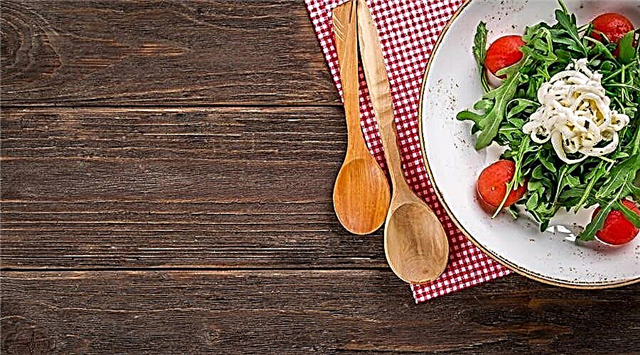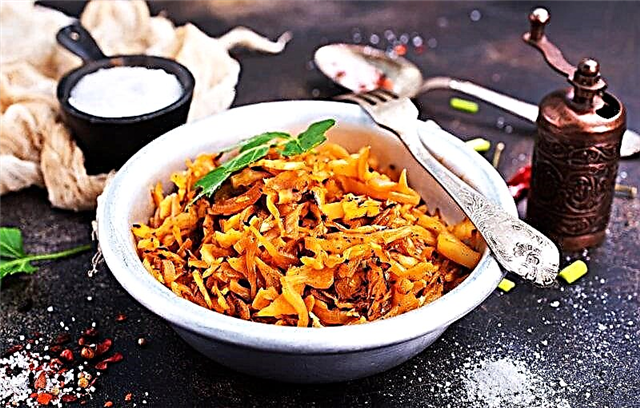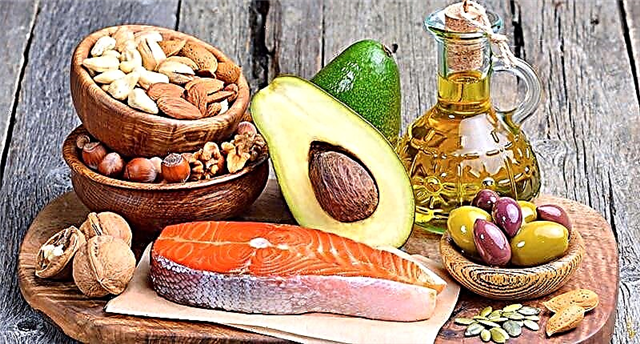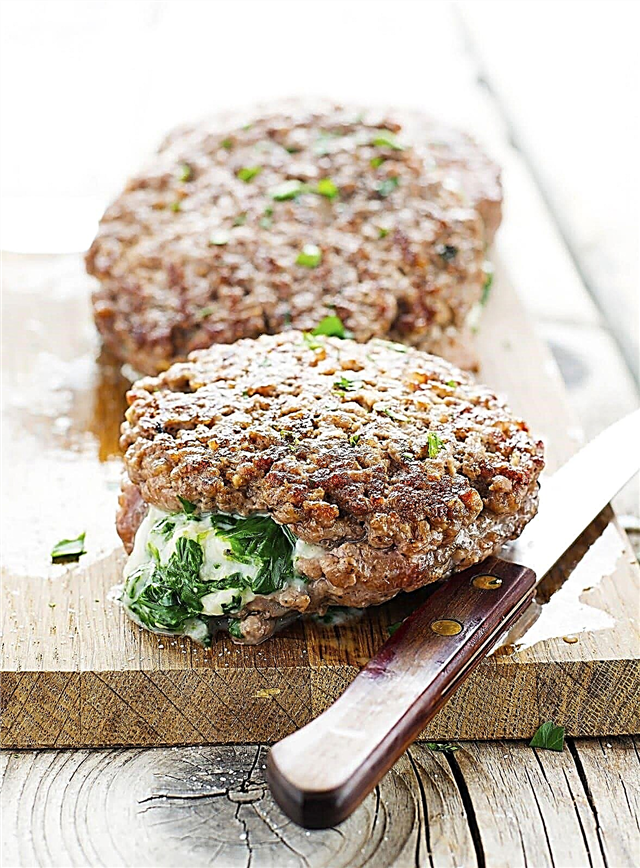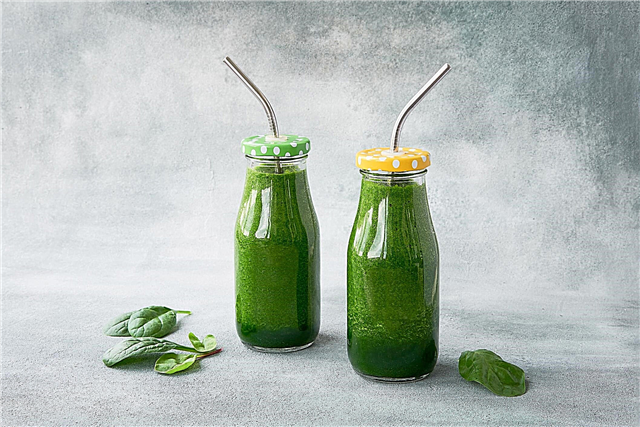
I recently attended a wedding of good friends, which took place in the banquet hall of one of the best hotels in Berlin. In general, everything was great and I enjoyed the evening. The table next to ours was for children and at first I was surprised that there was no food on it at all - children aged 6 to 12 were sitting at an empty table and while away the time by coloring pictures - the waiters brought them coloring and pencils. But after a while, food was brought to the children, and then I was even more surprised: it was a completely different food. The children's table was lined with plates of French fries, slices of some kind of parody of pizza (dough plus tomato paste), and heavily breaded schnitzel pieces. Well, and in order not to eat all this in dry water - orange juice (21 grams of sugar per glass). This food seemed to me completely nightmare and I shared my thoughts with the neighbors, because, frankly, it was completely incomprehensible why it is impossible to give children, instead of this nasty, the same normal and tasty food as we all do. But the neighbors on the table did not understand my indignation: “So this is normal children's food, the children love it,” they answered me. This, it seems to me, is a very serious problem: we ourselves accustom our children to harmful "junk" food, we ourselves cultivate bad taste in them, we ourselves make the wrong choice for them, but ultimately the children will have to pay for this - and on over the years.

I find it hard to believe that our children are genetically predisposed to love fries, happy mills, microwave pizza and big macs. Of course, this is a simple food with a strong taste and if given to children, they will happily eat it. But why do we, parents, give our children exactly this kind of food, even knowing that there is nothing good in it? Why even those of us who never go to eat at McDonald's are happy to organize children's parties there? Are we too easy to advertise or are we just too angry to cook real food for our kids with quality ingredients? Indeed, getting a pizza out of the freezer and throwing it into the microwave is much easier than cooking something worthwhile. Yes, and the entire food service industry is promoting this unhealthy concept. Take a look at the “Kids Meals” section of the menus of most European restaurants. There you will see all the same pizza, burgers, pasta and fries. And all this for half the price of full adult meals. For most parents, the choice in such a situation is simple and obvious. And among these “children's dishes” you will never find vegetable side dishes, fish, original salads, or just meat that is not sandwiched in the form of a cutlet between two rolls, or without a terrible breading.
According to a CBS report, of the more than 3,000 “kids' menus” in American fast food restaurants, only 12 met dietary guidelines for preschoolers. And the main problem is the sugar content. For example, the McDonald's children's menu has 22 grams of sugar, Burger King - 27 grams, Subway - all 32 grams, that is. more than five teaspoons.
It is time to urgently change this situation. Because if you look at the global trends in child health and childhood obesity, you can find many reasons for concern. Here, for example, data from the American Center for Disease Control and Prevention:
- Over the past 30 years, the number of obese children has more than doubled (from 7% to almost 18%), adolescents - four (from 5% to almost 21%)
- In 2012, about a third of American children and adolescents were obese or overweight.
- 70% of obese children and adolescents have at least one risk factor for cardiovascular disease.
- Obese children and adolescents are more likely to develop prediabetes, joint and bone problems, and are also socially stigmatized.
- Obese children are more likely to remain obese into adulthood, which means an increased risk of many "adult" diseases: type II diabetes, stroke, many types of cancer, osteoporosis and others.
And if in order to achieve serious changes in the generally accepted concept of children's food, it takes more than a year, then at least in their own family, each parent can do quite a lot. Here is a small set of rules to take on board:
- Avoid fast food. This is the most obvious principle and at the same time the most difficult to implement. Promotion of fast food among children is spent on multi-billion dollar marketing budgets. According to Jennifer Harris of Yale University, every American preschooler sees 2.8 commercials for fast food restaurants every day. It is unlikely that things are much better in Russia. As a result, 40% of American children ask their parents to take them to McDonald's every week. 15% of preschoolers ask for this on a daily basis. The situation is complicated by the advertising partnership between the film industry and fast food: you take your children to the cinema for a new animated blockbuster and the entire cinema is branded with another thematic “happy-mile”. It is clear where the children will want to eat after the session. Besides, fast food is really convenient and inexpensive. Here we can only advise to be patient and show determination. Talk to your children, explain to them that fast food is not as cool and fun as it seems, try to find the right words for it. Come up with a suitable alternative: if you, for example, go to the cinema with children, plan ahead where you will eat, share your plans with them. If you can't do without fast food at all, then introduce restrictions that you and your children will follow: for example, McDonald's no more than once a month.
- Avoid “junk food” at home. This is also not an easy advice, because there are many ready-made dishes that are stored in the freezer for a long time, are easy to prepare and are inexpensive. But, as a rule, such dishes are “carbohydrate bombs” with a lot of added sugar. Better to buy quality natural products and spend a little time cooking. You should not save time on the quality of food, especially for children.
- Don't keep sugary drinks at home. We have written about this many times: sugary soda is one of the main factors of obesity. A study carried out on 587 children over 18 months showed that increasing the consumption of sugary drinks by one serving per day increased the risk of developing childhood obesity by 1.6 times. It is unlikely that you will be able to completely limit your children from cola, but at least do not keep it in your refrigerator, do not take it to picnics, exclude it from your family diet. By doing this, you will in any case reduce consumption, and hence the risk of obesity for your children.
- Keep in mind that juices contain about the same amount of sugar as soda. It is unlikely that in the modern world you will be able to completely avoid fruit juices, but at least moderate their consumption is quite realistic. If your child is thirsty, it is not at all necessary to immediately give him a glass of juice or other sweet drink. And if you can't do without juice, then make a "schorle" out of it - dilute it in a 50/50 proportion with sparkling water, this is a very simple way to cut your consumption in half.
- Teach children to drink water. This is the best and guaranteed safe drink. Try to get the children to get used to the fact that when they ask for a drink, they receive a glass of water, not a sweet drink.
- Don't use food, especially sweet food, as a reward. Forget about all those "well done, here's a candy." Children, after all, are not trained dogs.
- Develop the taste of your children, accustom them to a variety of dishes. If you feed your children exclusively with fries, rice and pasta, then most likely they will not mind. But this will not only increase their risk of being overweight, it will also affect their habits in later life, and from such habits, as we know, more harm than good. Give children more vegetables - cauliflower, zucchini, broccoli, avacados, Brussels sprouts, use all sorts of interesting seasonings and spices, do not divide food into “adult” and “childish” - give the children everything you eat yourself. Swedish doctors recommend that parents feed their babies with food from their table already from the age of six months and argue that all food is suitable for this, without exception (just do not forget to grind it well).
- Don't make candy and sweets part of your daily diet. Maybe you should take advantage of the experience of Sweden, where it is customary to allow children to eat candy once a week - on Saturdays. Everyone is accustomed to this and the children calmly accept the “candy-free” life 6 days a week.
- Avoid ready-made breakfast cereals, especially their children's options. All of these cereal-ring-pads are packed with monstrous amounts of sugar and other refined carbs. Make your child an omelet, scrambled eggs, cottage cheese casserole, chia pudding, sometimes porridge, or, for example, cheese pancakes with almond flour. Get creative and you will find many breakfast options that will not harm the health of your children.
- We do not urge you to put your children on a tough O Keto, there is no need for this, but the principles remain the same: they get fat not from fatty foods, but from sugar and starch. Based on this, you yourself can easily figure out what exactly to limit in the food of your children. And feel free to use heavy cream and sour cream, butter, coconut and olive oil when cooking. The food will turn out not only tastier, but also more satisfying, then the children will ask you less candy and "cookies" between meals.
This list can hardly be called exhaustive, this is only the beginning of the conversation, for sure, there are still many good ideas on how to properly organize baby food. If you have something to add - write in the comments, we are sure that it will be interesting to our readers.
High milk intake can shorten life
Useful recipes:
Psyllium Cottage Cheese Pancakes

